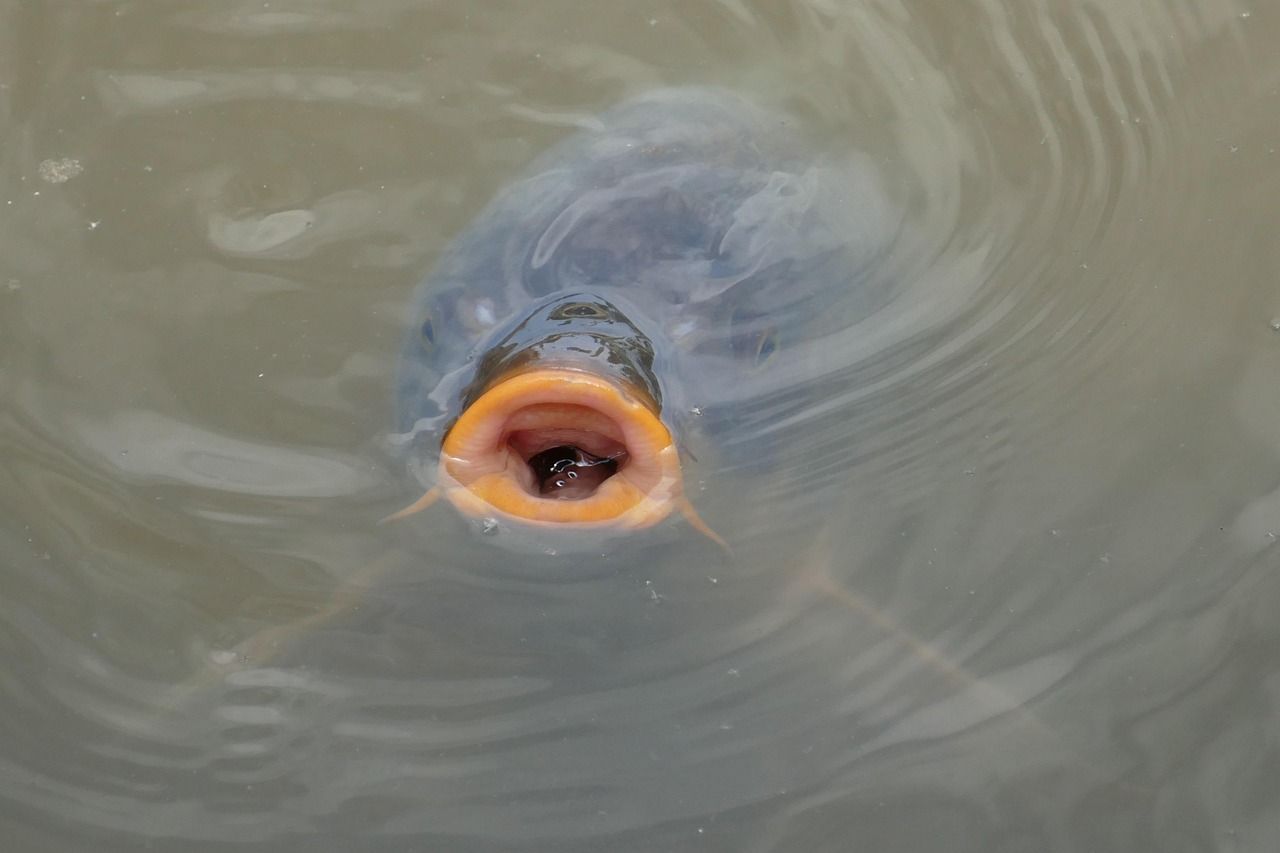Follow us on Google News (click on ☆)

Illustration image Pixabay
Unlike land mammals, which use their lungs to extract oxygen from the air, fish draw this oxygen directly from water. However, water contains much less oxygen than air—about 30 times less—and in dissolved form. To achieve this feat, fish pass large amounts of water over a very thin, blood vessel-rich exchange surface: the gill filaments.
Gills are housed on each side of the head, beneath a mobile operculum. When the fish opens its mouth, it lets water in, then closes it while opening the opercula. The water then flows over the gills, which capture oxygen and release carbon dioxide. This is the equivalent of our inhalation and exhalation, but adapted to a much denser fluid than air.
This system relies on a highly efficient principle: countercurrent exchange. The blood in the gills flows in the opposite direction to the water, maximizing oxygen diffusion into the bloodstream. This mechanism allows fish to extract up to 80% of the dissolved oxygen from the water they filter—a performance far superior to that of our lungs in air.
Some fish even have additional adaptations. Species living in oxygen-poor waters, like certain mangrove or Amazonian fish, can gulp air and use lung-like organs or breathe through their skin. Others, like sharks, must swim continuously to keep water flowing over their gills.
Aquatic respiration is not without constraints. Since water is much denser and more viscous than air, pumping this fluid requires more energy. This is one reason why fish often limit rapid movements and alternate between activity and rest.

Illustration image Pixabay
This breathing method also has direct consequences for fish habitats: water that is too warm or polluted may contain less oxygen, stressing marine populations. This is why climate change and industrial discharges can severely impact aquatic life.
Beyond biology, fish respiration even inspires engineers. Water filtration and oxygen extraction systems for submarines have drawn inspiration from natural gills. Once again, nature found the solution long before we did.
The next time you see a fish opening and closing its mouth in an aquarium or while diving, you'll know it's not "drinking" water but performing a vital exchange, adapted to a world where air is invisible yet omnipresent.